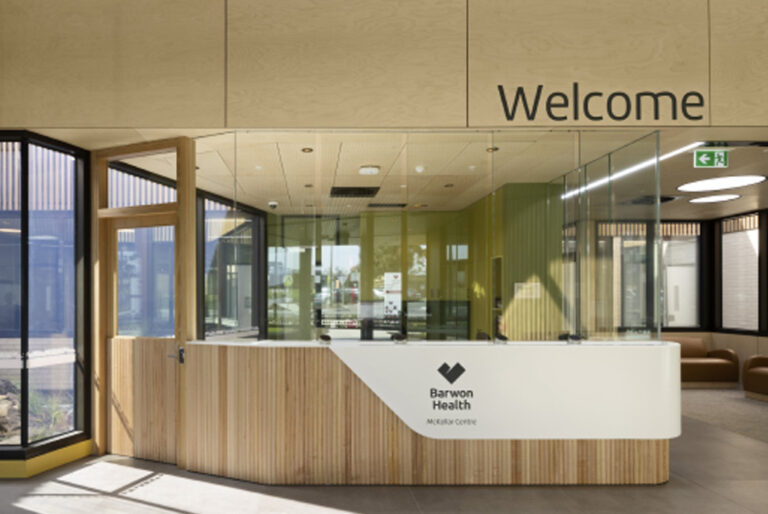
Share:
The Concentric Care Reach Messaging solution has eliminated the uncertainty of Code STEMI alerts being received by team members, and significantly reduced risk.
Barwon Health
Barwon Health is one of the largest and most comprehensive regional health services in Australia.
Barwon Health serves a geographically dispersed population through two major sites with a total of 1016 beds and a total of 21 sites overall, stretching from Geelong down the coast to Anglesea, Torquay and Lorne. Health services available through Barwon Health cover the full spectrum from emergency and acute to mental health, primary care, community services, aged care and subacute/ rehabilitation.
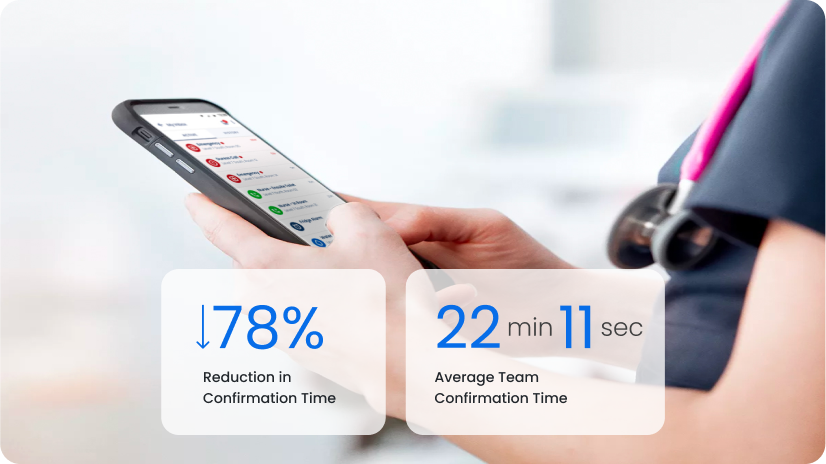
The Challenge
Barwon Health was relying on a manual paging process, whereby team members received a Code STEMI alert on their pager. Overall confidence in the paging process had reduced overtime due to delivery instability and the inability to confirm an alert had been received.
The Solution
Barwon Health implemented the Concentric Care Reach Messaging solution integrated with the Responder 5 nurse call and workflow solution. The fully automated messaging solution enables time-critical Code STEMI alerts to be sent to each on-call team member on their mobile phone.
Each team member receives a text message with the event details, together with an automated voice call asking them to either confirm or escalate. The system is designed to ensure all Code STEMI alerts are consistently received and responded to by the on-call team; enabling the team to be assembled in the shortest possible timeframe.
Clinical Outcomes
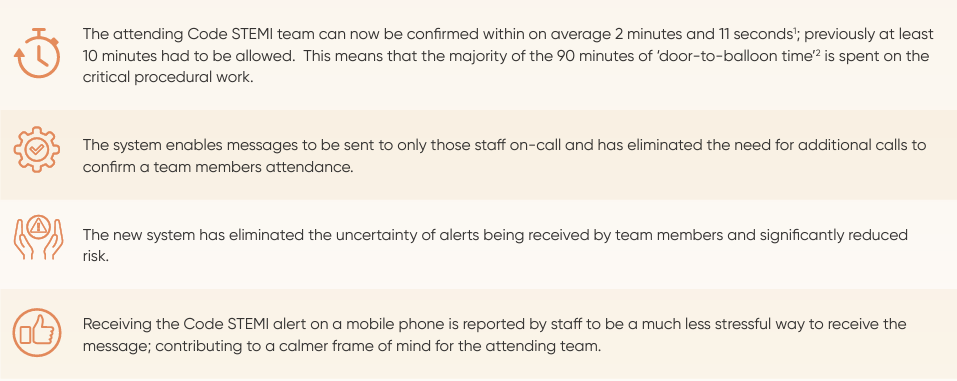
References:
Harrop N & Ismail L. Barwon Health achieves improved efficiency with automated messaging solution for emergency code calls. Australasian Institute of Digital Health Conference, Melbourne 11th Nov 2020.
Share:
“We’re now able to confidently confirm the attending team within on average 2 minutes and 11 seconds1; previously we had to allow at least 10 minutes before the team could be confirmed.”
Barwon Health
Related Content
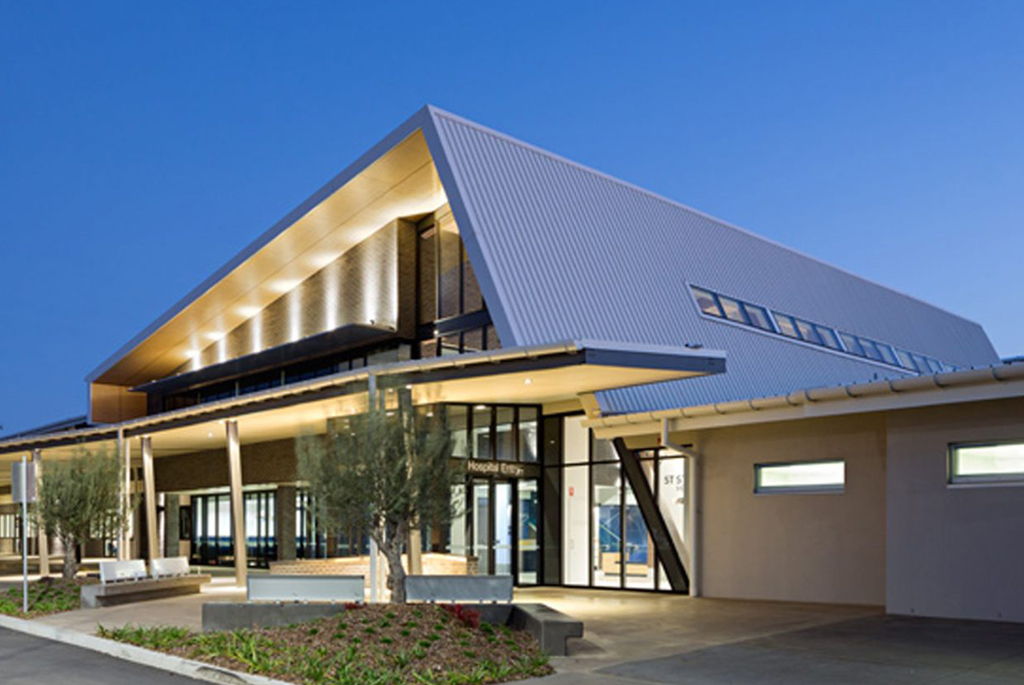
St Stephen’s Hospital
Integrated hospital communications support St Stephen’s in delivering exceptional patient care
Learn More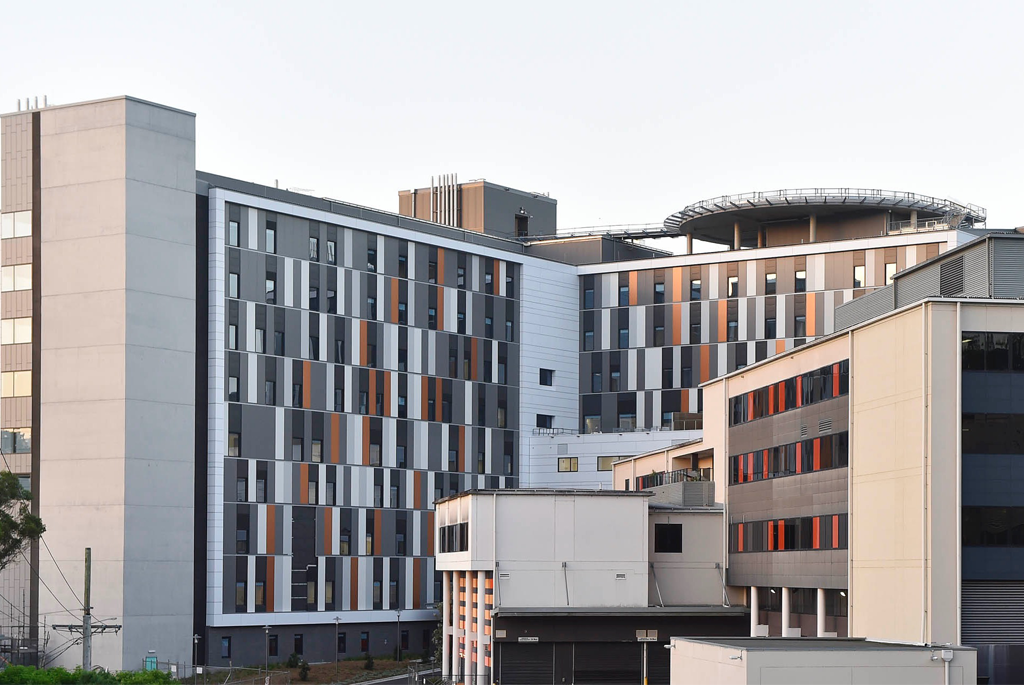
Gosford Hospital
Gosford Hospital improves patient safety and quality of care with quiet environment
Learn More
Gold Coast University Hospital
Gold Coast University Hospital leverages technology to transform patient meal ordering
Learn MoreNo posts found!

